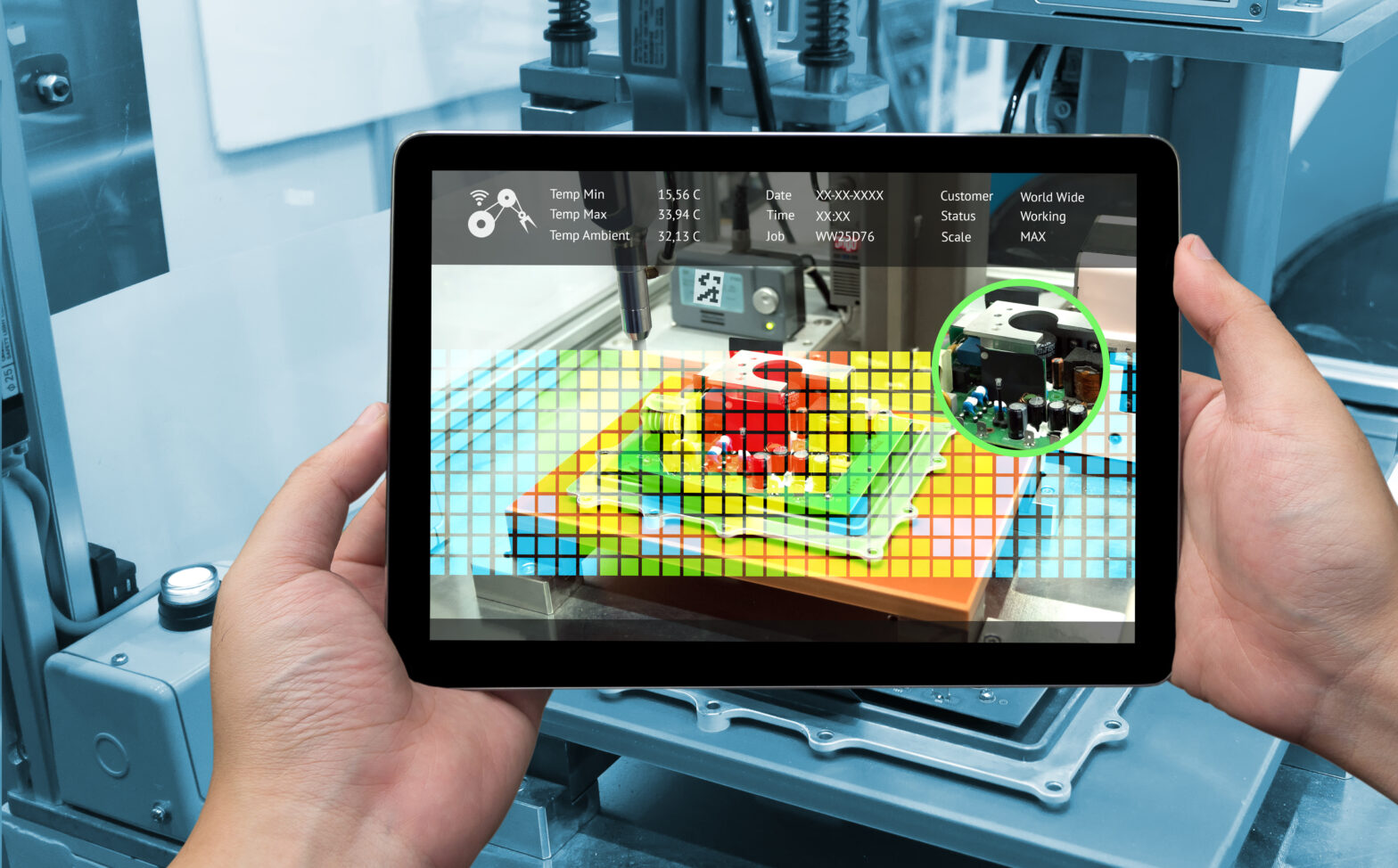Augmented Reality (AR), though not yet adopted in the mainstream, is currently being implemented and explored by many big corporations. Perhaps the most exciting and highly speculated development follows Apple’s recent filing of a patent for “enhanced face detection using depth information” which could be used for AR. Rumours suggest that Apple will tap into our latent interest by embedding new AR technology into the next iPhone, and eventually develop smart vision-wear.
With these new patents and technologies emerging, we could soon be using AR in our day-to-day lives. This is not limited to how we use our smartphones but also how we handle our money. AR has the potential to transform the financial services sector, but in order to take advantage of AR and capitalise on its effect, banks need to prepare sooner rather than later. Otherwise they will be left behind by challenger banks aimed at tech-savvy millennials and Gen Z.
>See also: How augmented reality is transforming e-commerce
How could AR enter the financial sector?
Several banks have already introduced AR in mobile apps to help improve customer service offerings. This includes apps to help customers find their nearest branch or ATM, ‘home finder’ apps that pull up data on houses for sale as you walk down the street and personal financial management apps that can help customers better visualise their accounts. These are just the first steps into a potentially exciting and transformational period for banks.
Perhaps some of the most exciting changes will arrive with the development of AR glasses. Customers will be able to see key information whenever they need it through their eyewear, using a variety of biometric authentication types – from heart beat rhythm, to brain wave and vein patterns in the skin and the more conventional retinal scan.
Several apps already locate offers and deals when customers are passing shops, however with AR glasses they will be able to see their real time information presented right in front of their eyes at the point of purchase. This could include available credit balance, associated offers and vouchers appearing as they walk through a shop and the AR glasses could identify if the customer has shown interest in a particular product. For more sophisticated interactions, AR could enable realistic interactions between customers and specialists.
Recently there has been rapid growth in the deployment of chatbots in customer services; however, complex advisory and sales conversations could still best be handled with a bank advisor or personal banker for high net worth customers. AR technology could enable a realistic face-to-face conversation from the comfort of customers’ own homes. This makes the provision of person-to-person support face more economically sustainable.
What needs to happen for the AR revolution take hold?
While these are all extremely exciting concepts, they may not happen as soon as we hope. AR has been flagged as the next big thing for the last few years but it has still to hit the mainstream beyond the world of gaming. The key issue is the lack of devices that enable the consumer to use AR conveniently.
Most experts agree that glasses devices will transform AR but the failure of Google Glass was a disastrous setback. With a high expectation on Apple in this arena, weak evidence of new AR capabilities in its latest product launch was a disappointment. Apple has not provided the leadership that the industry expected of them, but the launch of the new iPhone could change that.
While AR is starting to reach the public through apps on their phone, current devices do not offer the heightened user experience that is spoken about when discussing the technology’s potential.
>See also: Augmented reality in the industrial environment: the benefits and challenges
There is hope, however, with several new AR glasses on the way. These new launches may bring AR to the mainstream. And AR devices will not be limited to glasses. Hyperloop Transportation Technologies has presented an AR windows concept. We could soon be travelling at the speed of sound in enclosed tubes with the possibility of choosing a personalised view or playing games on the window to pass the time.
The banking world is prime ground for AR – it is complex, intangible and difficult to navigate. The sooner banks can implement AR tools, the sooner they can help everyday consumers make sense of it all. The potential with AR is still there and it will come alive when the devices are available to support it. This is why it is crucial for banks to start considering AR now in order to attract and retain employees and, most importantly, customers.
Sourced from Alex Bray, AVP, consumer banking, Genpact







